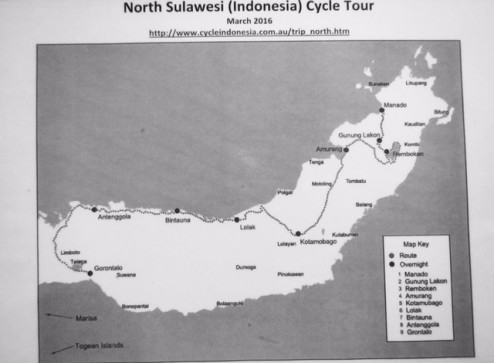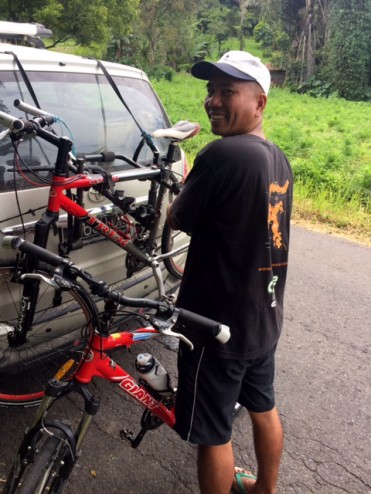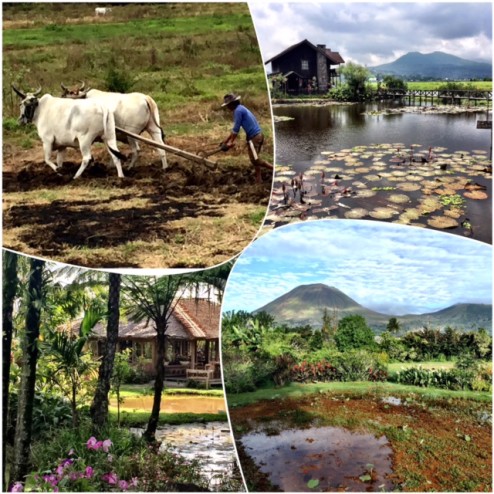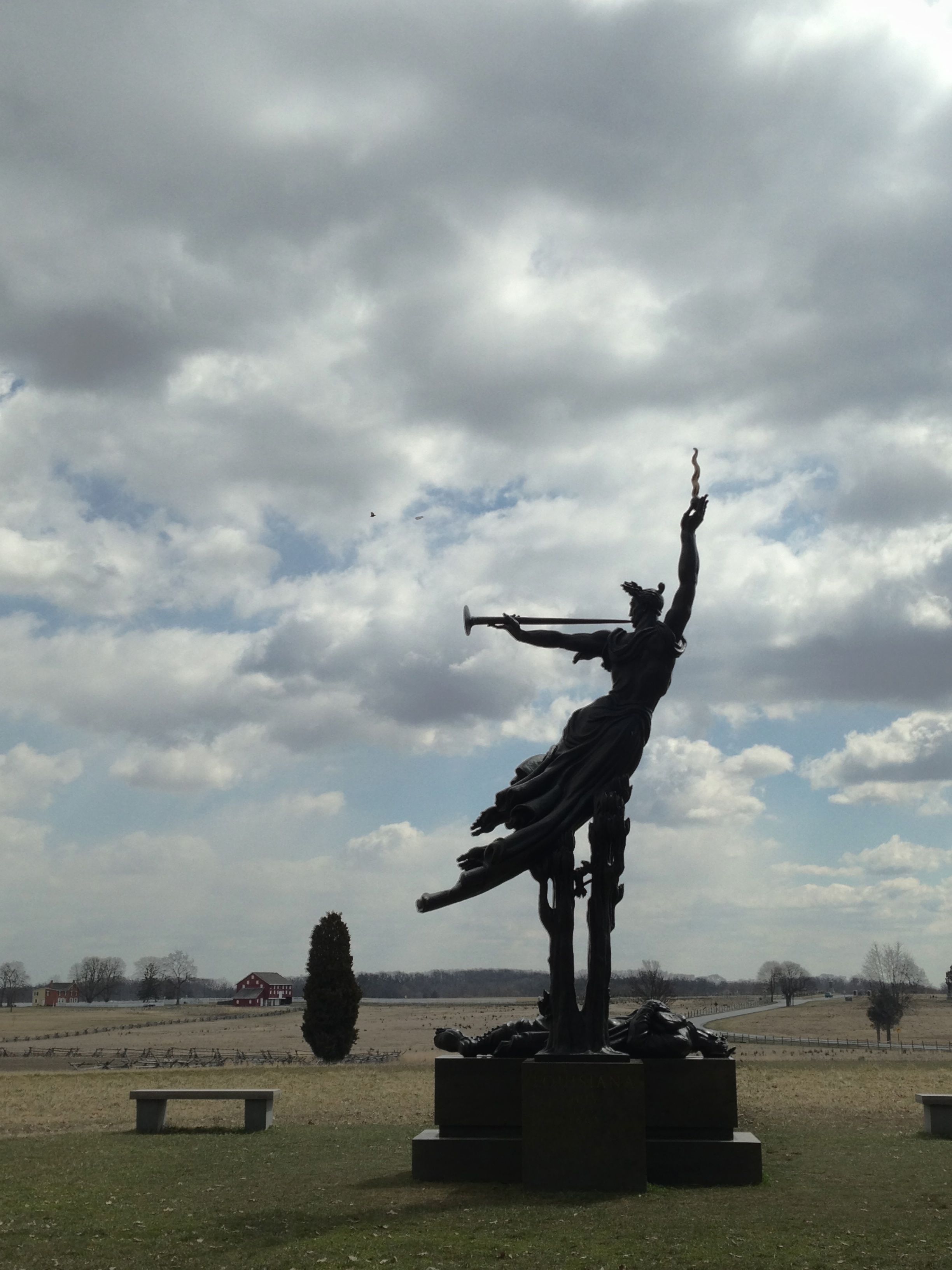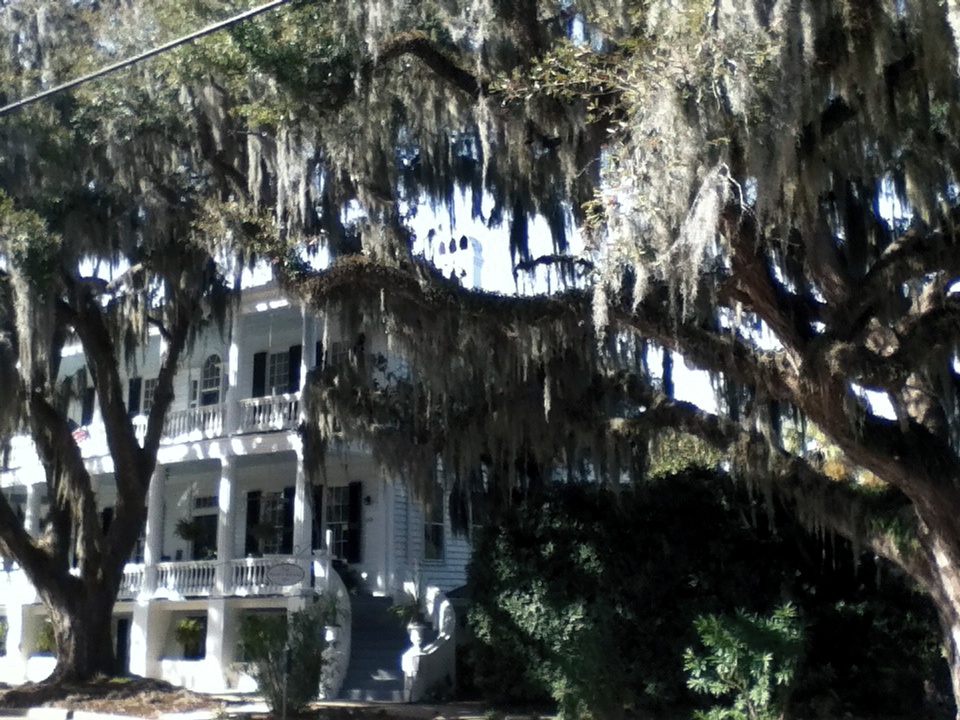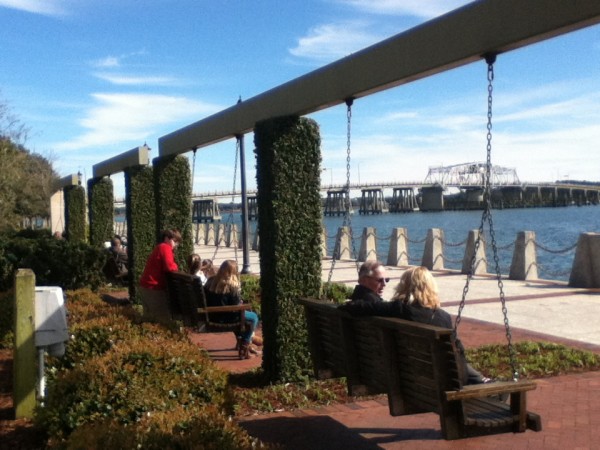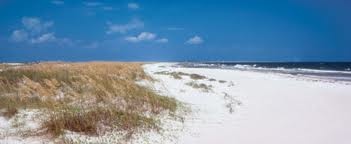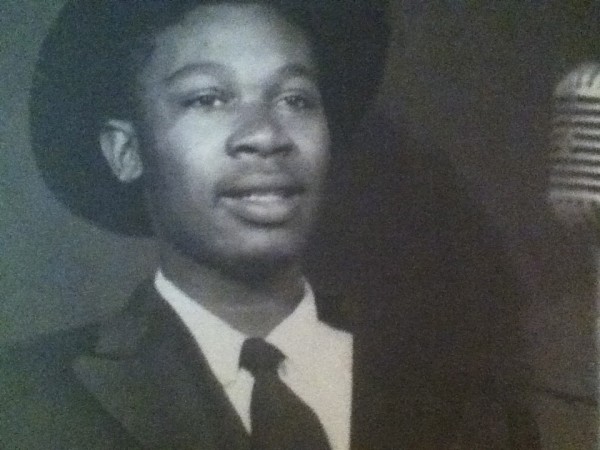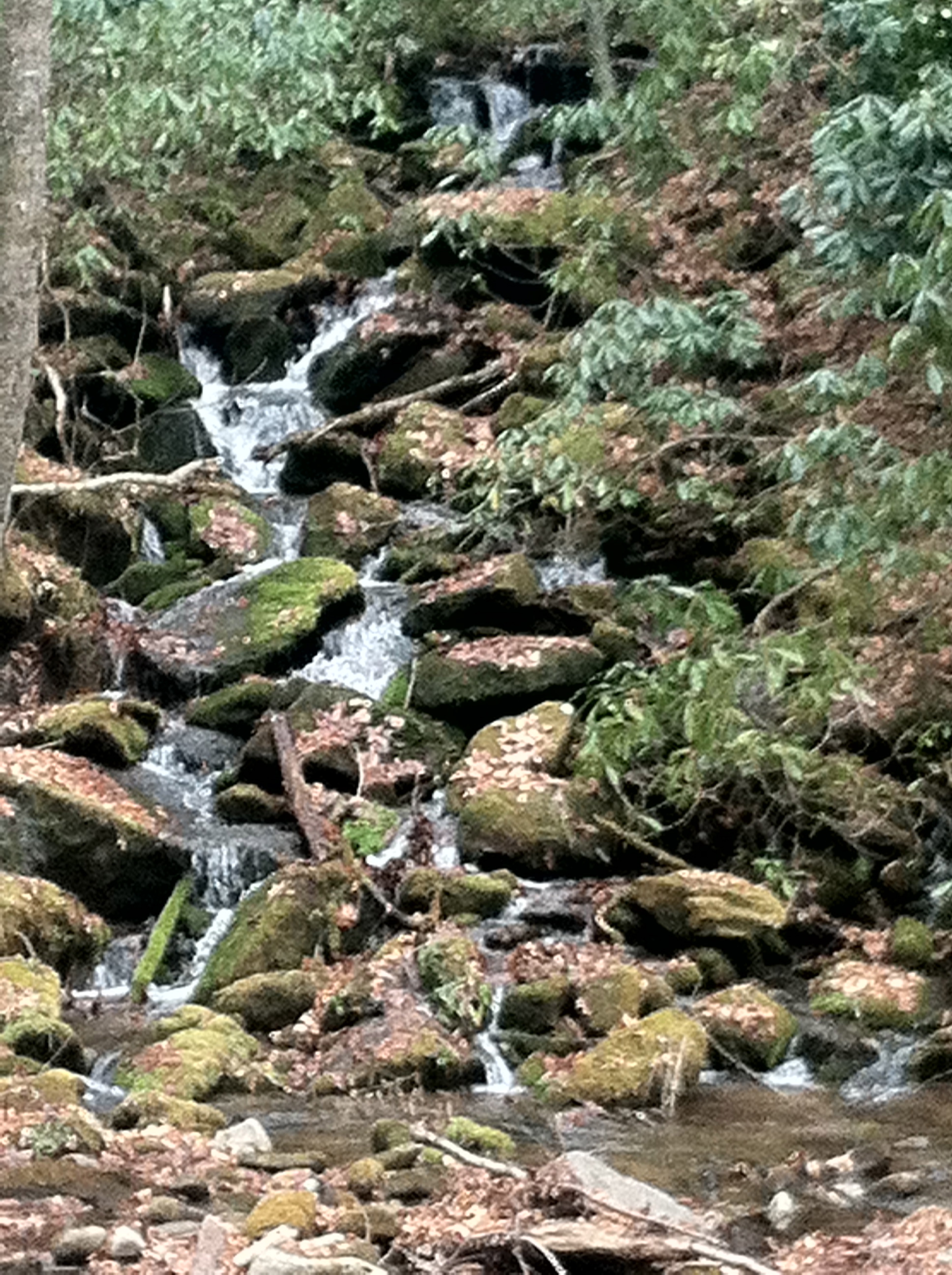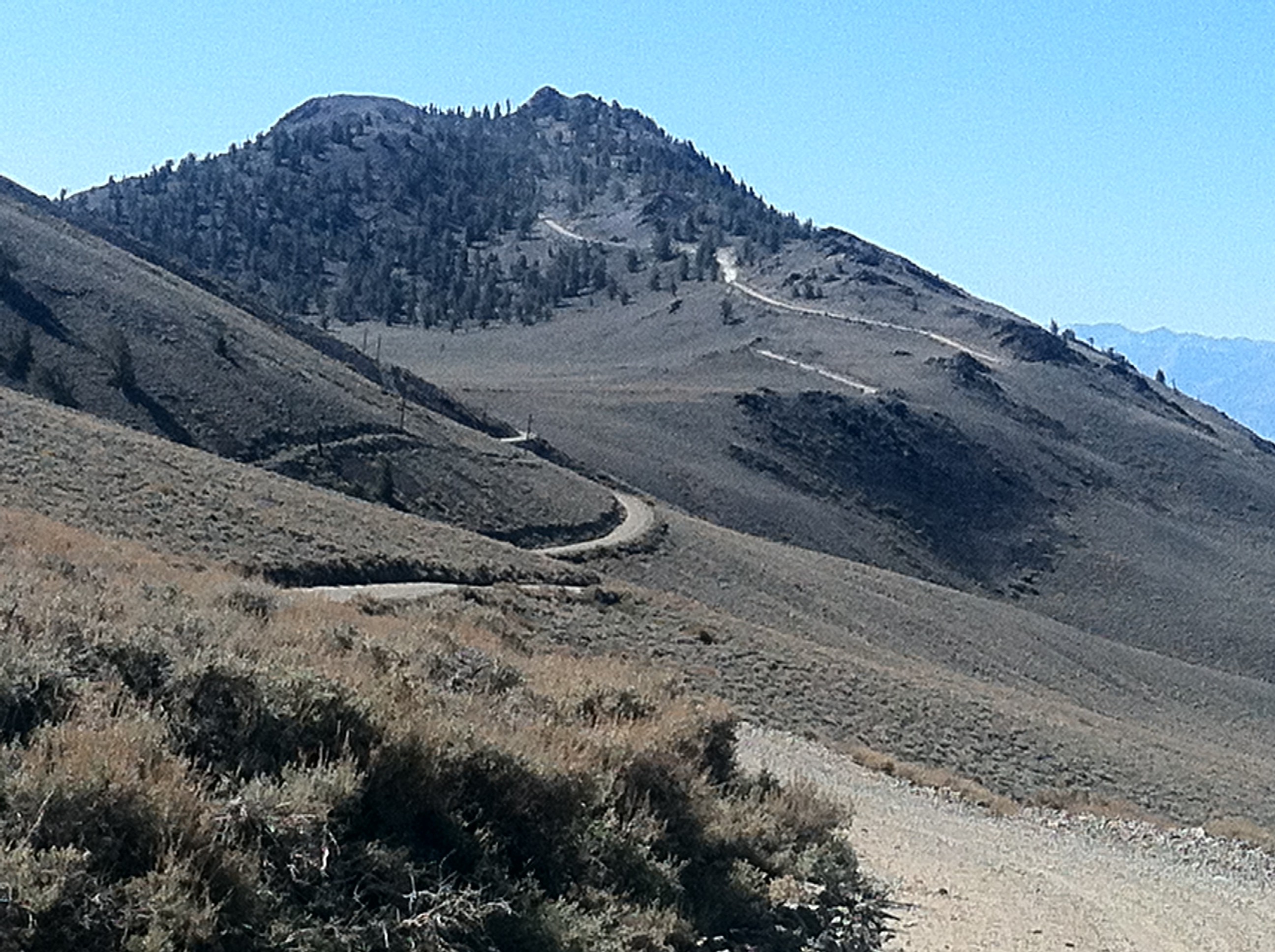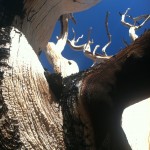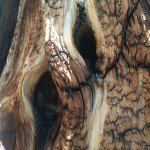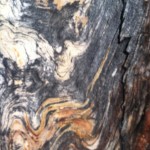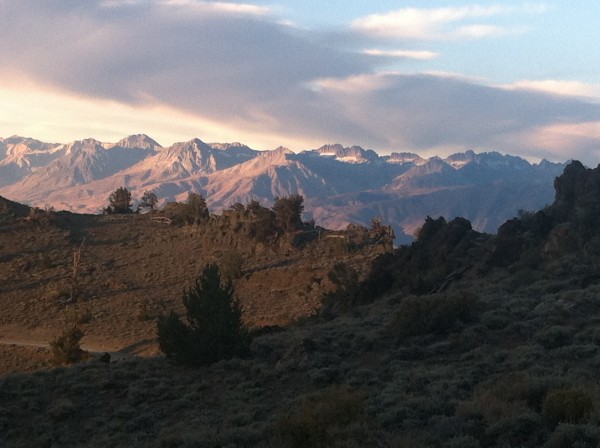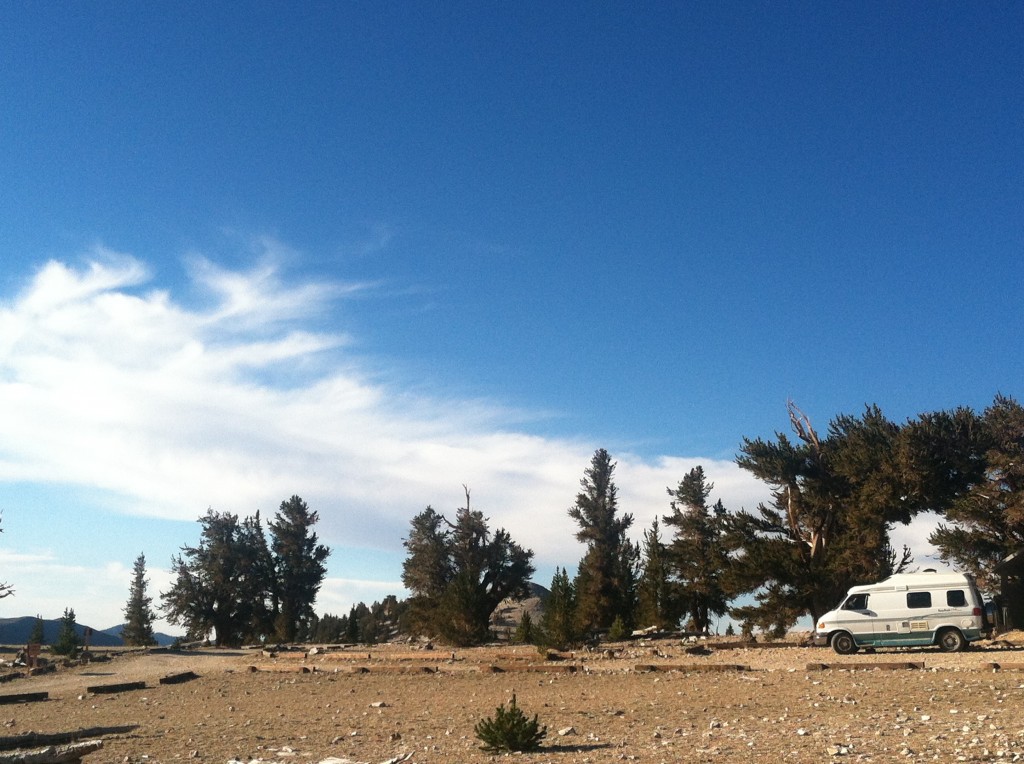How often have you read stories regarding the history of the United States, and wondered what it might have been like to actually be there? We build a mental picture in our minds filtered through our imaginations from our reading, or we see grainy pictures of those who lived in those historic times, but we can never really grasp the true magnitude of what it might have been like. My perception of history changed completely the day I stepped out of our RV at both the Harper’s Ferry National Historical Park and the Gettysburg National Military Park, the crown jewels in the National Park Services. It was a rather intense to experience American losses and suffering at the hands of a civil war by walking the hallowed grounds!
At the Harper’s Ferry, a little neck of land tucked between the confluence of the Potomac and Shenandoah Rivers, where three states (MD, VA and WV) meet, our interest there was the 1859 raid on Harper’s Ferry by the abolitionist John Brown.
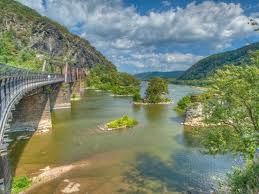
On the night of October 16, 1859, Brown, 59 years old, staged his most daring raid, an assault on the federal armory in Harpers Ferry, Virginia, which housed an arsenal of more than 100,000 rifles and muskets. Calling his raiding force, the “Provisional Army,” Brown’s group of 22 men included three of Brown’s sons, a fugitive slave and four free blacks. Brown’s goal was to seize the arsenal, distribute the guns and muskets, mobilize anti-slavery forces, incite slave insurrections and organize raids against slaveholders across the South. Brown and his men initially took control of the armory, but within 36 hours, U.S. Marines under the leadership of future Confederate generals, Colonel Robert E. Lee and J.E.B. Stuart, stormed the facility, killed several of Brown’s band and captured Brown and the remaining raiders. Brown was taken to nearby Charles Town, then in Virginia, where he was charged on three counts: treason, murder and conspiracy to lead a slave rebellion. After a seven-day trial and forty-five minutes of deliberation, the jury found him guilty on all counts and sentenced him to death. Ironically, the actor John Wilkes Booth witnessed his execution and would later assassinate the President Lincoln about five and a half years later.

At that time, Brown appeared as a Biblical Samson-like figure who sought to tear down the institution of slavery through an incredibly bold, self-conscious of self-sacrifice. His death may have indeed brought searing moral indictment of the slave system, ultimately leaving the south with little credible response but to secede from the union and engage in Civil War. This event is now considered one of the catalysts of the U.S. Civil War (1861-1865). Four years later, the battles at Gettysburg and Vicksburg, arguably changed the course of the war as notable Union victories.
After winding our way 58-mile northwest drive in 25mph arctic wind, to the historic Gettysburg battleground in Pennsylvania, we took advantage of the 24-mile auto tour route within the historic Gettysburg National Military Park in Pennsylvania. The muddy icy grounds we experienced were likely extremely wearing for both Union and Confederate soldiers. Mile after mile of cannons, statues, monuments, and plaques along the ridges held by the Northern Virginia Confederate Army provided a palpable sense of the masses of American resources in men and arms committed to the war. Every unit that fought here is memorialized, with numbers of casualties listed: the small numbers are oddly more powerful than the large, a unit of some dozens of men, half or more of whom fell. Units were organized regionally then, so when names are listed alphabetically, it’s brother after brother, like some kind of family roster, unit by unit along the Union and Confederate lines. Numerous cannons are placed in the battle’s many artillery positions, and statues of significant participants are strategically placed at the sites of their heroism.
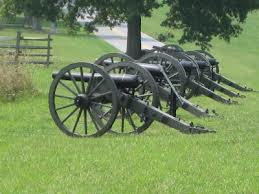
Here’s a quick summary of the most famous 1863 Civil War battle: it was the “high water mark” of the Confederacy; the turning point of the war; and 51,000 Americans were killed in this three-day battle. To put that horrific number into context, a bit more than 58,000 Americans were killed in the entire 10-year Vietnam war.
In 1863, at the beginning of the most famous Civil War battle, Gen. Robert E. Lee concentrated his full strength against Maj. Gen. George G. Meade’s Army of the Potomac at the crossroads county seat of Gettysburg.
On July 1, Confederate forces converged on the town from west and north, driving Union defenders back through the streets to Cemetery Hill. During the night, reinforcements arrived for both sides.
On July 2, Lee attempted to envelop the Federals, first striking the Union left flank at the Peach Orchard, Wheatfield, Devil’s Den, and the Round Tops with Longstreet’s and Hill’s divisions, and then attacking the Union right at Culp’s Hill and East Cemetery Hill with Ewell’s divisions. By evening, the Federals retained Little Round Top and had repulsed most of Ewell’s men. Little Round Top is particularly fascinating. This hill, on the Union left flank, was possibly the most important position on the battlefield, and standing atop it, I can see why: it commands a view of the entire valley, and much of the battlefield. A statue stands atop a large rock, of Brigadier General Gouverneur K. Warren, the Union chief engineer, looking out across the valley. During the battle, General Warren discovered that this hill was undefended, and saw Confederate forces ready to attack the Union flank; he rushed to find soldiers to hold the hill. I can see what General Warren saw: the tree line where the Rebels were within sniper range. Confederate sharpshooters using scoped rifles could shoot a man on this hill from a concealed position. Suddenly those big rocks look very important.

Standing at the bottom of Little Round Top, I can see what the Rebels were up against. It’s not a large hill: it rises about 150 feet from the valley floor. But the rocky terrain makes it formidable. I wouldn’t want to climb this slope with heavy armaments, even without anyone shooting at me. This was an important hill indeed.
During the following morning of July 3, the Confederate infantry were driven from their last toe-hold on Culp’s Hill. In the afternoon, after a preliminary artillery bombardment, Lee attacked the Union center on Cemetery Ridge. The Pickett-Pettigrew assault (more popularly, Pickett’s Charge) momentarily pierced the Union line but was driven back with severe casualties. Stuart’s cavalry attempted to gain the Union rear but was repulsed.
On July 4, Lee began withdrawing his army toward Williamsport on the Potomac River. His train of wounded stretched more than fourteen miles.
But, in a larger sense, we cannot dedicate, we cannot consecrate, we cannot hallow this ground. The brave men, living and dead, who struggled here, have consecrated it far above our poor power to add or detract. Well said, Mr. President Lincoln.
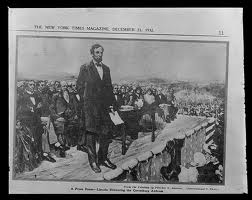
Posted from Gettysburg, Pennsylvania, United States.
39.8309293-77.2310955

